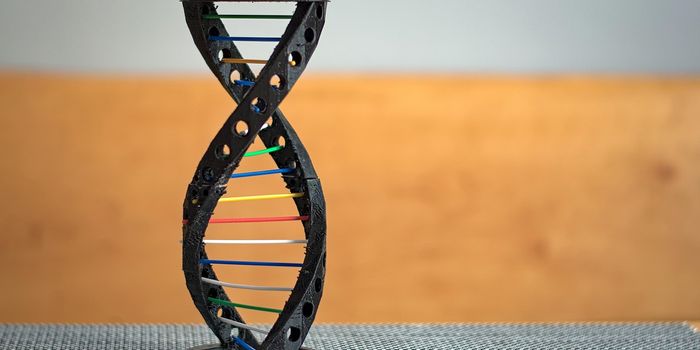Microglia make up just a fraction of all the cells in the brain, but play a vital role in removing pathogens or damaged cells and maintaining healthy brain tissue. With the power of single-cell sequencing technology, researchers are seeing a whole new side of these ancient immune sentinels.
Microglia have been in the research spotlight for their involvement in neurodegenerative diseases like Alzheimer’s and Parkinson’s. Scientists believe that mapping these cells’ evolutionary journey is the first step in painting a clearer picture of microglia biology. Importantly, these will create a blueprint for the design of targeted therapeutics for managing these devastating conditions.
The research study, published in the journal Cell, was led by Ido Amit at the Weizmann Institute of Science in Israel and Florent Ginhoux, a Senior Principal Investigator at the Singapore Immunology Network (SIgN), alongside a team of international collaborators.
This unprecedented study traced microglial biology across a collection of 18 different species along the evolutionary path including humans, snakes, macaques, marmosets, and whales. Strikingly, the importance of microglia was highlighted by their presence even in relatively “older” species.
“We found that microglia exist in multiple species, including old ones! It is a macrophage population that has been conserved for millions of years,” said Ginhoux.
Additionally, single-cell sequencing techniques allowed the team to magnify subtle differences between distinct subpopulations of microglia in different anatomical regions of the brain. This brought to light fresh perspectives on the cellular and genetic complexity of the brain. A typical human cell contains over 6 million base pairs of DNA. Traditional sequencing methods sample DNA from a mixture of millions of cells. Deep sequencing of DNA from a single cell provides a whole new level of clarity, allowing specific cellular functions to be investigated extensively.
These technologies are proving to be indispensable in our quest to fully understand brain aging and neuropathology. As Ginhoux explains, “We are trying to find new [microglia] sub-populations, better separate them and study them at single-cell resolution. When you know what molecules and proteins are involved in cellular pathways, you can then design better treatments.”
Sources: A*Star Research, Cell.









